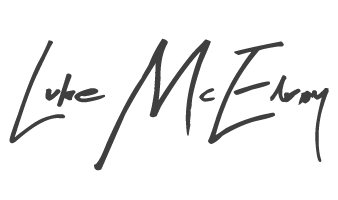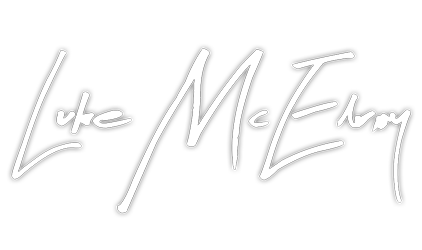I talk with a lot of small business owners who believe that the most important aspect of beginning a company rests in a well crafted business plan or a slick marketing structure. Some believe its about having a clever slogan or the right business card design. Though these are all important, they are not the most important.
As I look back on the last 5 years of Orange Thread Media, I realized that the most important thing to our business in the beginning and what allowed us to survive was cash flow.
The beginning is about creating positive cash flow. It’s about executing the service (or product) well and often. That’s the most important thing.
When I started I determined an amount of money that the business needed to make in order to survive. That amount worked out to five “day rates” per month. (We started as a live event company)
I knew I could do it, but I didn’t realize how much time I would spend working on booking those five life-altering days.
I survived.
The first month I booked 5 days. The second, 5 days. The third month 8 and by the time I was six months after me going full time, I was able to work a solid 15+ days a month. This allowed for 10 days of excess. Which means I was earning enough money in one month to survive for 3 months.
This is positive cash flow.
I didn’t realize it at the time, but I was putting the business into overdrive and making sure there was money to be made up front. Something you need to know is this: I wasn’t pocketing the excess 10 days per month… I was putting right back into the business, living off the “five” (This is called retained earnings on the “corporate” side of accounting and we still do it today).
A few things to know about cash flow.
1. Cash flow only counts when the check hits the bank. If a client is invoiced, but takes 90 days to pay… That’s bad cash flow and will slow down your process.
2. Debt negatively affects your cash flow. By taking money off the top and putting it toward your “income interest” defeats the purpose of getting started in my opinion.
3. Positive cash flow includes managing expenses well. You can’t be positive if you spend more money than you make. Be careful of every penny you spend and make sure it’s going toward making more money. This is called bootstrapping and will make all the difference in the world once you get past the first few months or year.
4. Depending on your business model, this process can take a while, even a few years. Persistence is key and perseverance will be what separates the successful against the bankrupt.
5. Positive cash flow means you’re being proactive in executing your business’ core competency as much or as often as physically possible. When your not actively executing, you’re spending every moment of the day focused on finding the next opportunity, sale or project.
Those who have overcome this hurdle, have experienced the freedom to grow and continue to innovate. Once I was able to get through the first six months (knowing I had enough cash in the bank to survive another month) , I took the seventh month completely off to dream, plan and work on how I would build a business.
It was that month that I dreamed up the Playback Drive (now Playback Media) and TripleWide Media.
The process of focusing on positive cash flow allows you to ask the question “is there a viable market for our business?”
That’s what my first 6 months were all about. There are elements in this process that never disappear, and any time I find a business or projects of ours beginning to slow down, I immediately go back to this list and figure out how to get positive cash flow.
The most important thing for any startup is maintaining and building positive cash flow.

